Can Your Dog Catch an STD?
 Is it possible for unaltered dogs to catch STD’s? Absolutely. Animals don’t have any way of protecting themselves during sexual intercourse and are just as vulnerable as humans to STD’s. If you have not yet taken your dog for an operation, here are two reasons why you should seriously consider getting them fixed, Brucellosis and Canine Transmissible Venereal Tumor.
Is it possible for unaltered dogs to catch STD’s? Absolutely. Animals don’t have any way of protecting themselves during sexual intercourse and are just as vulnerable as humans to STD’s. If you have not yet taken your dog for an operation, here are two reasons why you should seriously consider getting them fixed, Brucellosis and Canine Transmissible Venereal Tumor.
Brucellosis is also known as undulant fever. This disease is spread through sexual transmission, but most commonly through nose and mouth contact with the female dog’s infected vaginal discharge. It can also be spread through spontaneous loss of the puppy fetuses and whelping. Even males who have been castrated can carry the disease for several years. Puppies can carry the disease if born to an infected mother. This disease is highly contagious, meaning humans who are exposed to this disease are at risk of contracting it as well.
Symptoms of the disease include miscarriage, inflammation of the testes, and uterine infections. You will see a failure to conceive in a healthy female, male dogs who’s testicles decrease in size and produce abnormal semen. Both sexes can suffer from lethargy, loss of libido, premature aging and generalized lymph node enlargement.
Dogs in kennels and kept for breeding are most at risk of contracting undulant fever. To stop this disease form spreading have your vet screen for Brucellosis. Especially if you intend to breed your pet, or if you don’t plan to have them spayed or neutered. Brucellosis can be treated with antibiotics and isolation, but once a dog has this STD it is very hard to rid the system of it, and many vets will recommend eliminating a positive testing animal if it is a dog that breeds. Spaying and Neutering after testing positive does not cure the animal, it can remain in the system even after the dog has been fixed.
Canine Transmissible Venereal Tumor (CTVT) is a type of cancer that is spread by intercourse and licking. The female dog develops a mass that grows from the vaginal lining, while in male dogs a mass forms on the penis sheath. This cancer can also affect the face of a dog as well with masses growing on the muzzle.
CTVT is most common among young free roaming animals or stray animals. The females are more susceptible than males. CTVT is a single or multiple, pink-red, cauliflower-shaped lesions that can vary greatly in size. Neoplasms are relatively firm but fragile, especially those tumors involving the external genitalia. Other signs of infection include genital discharge, abnormal odor, and excessive licking.
The cancerous masses can be treated through surgery, radiation therapy and drugs. The good news is that there is a 90% cure rate for dogs infected with this disease.






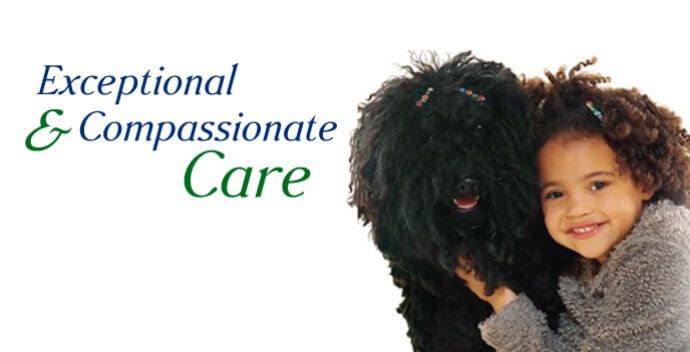





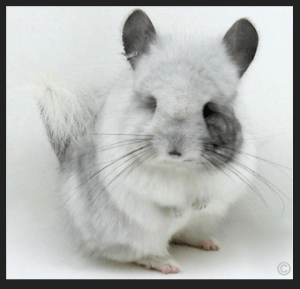
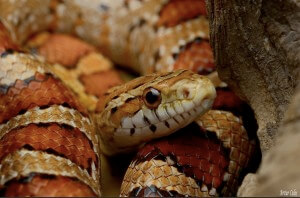
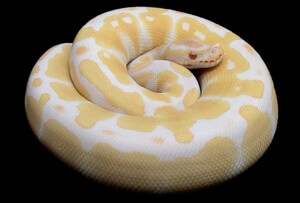
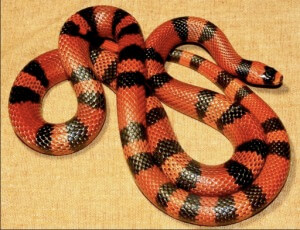
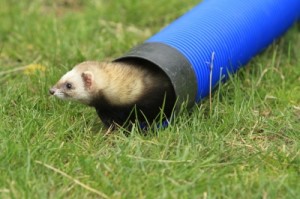



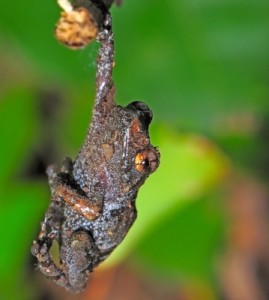
 Website Created by TCP Global Solutions
Website Created by TCP Global Solutions